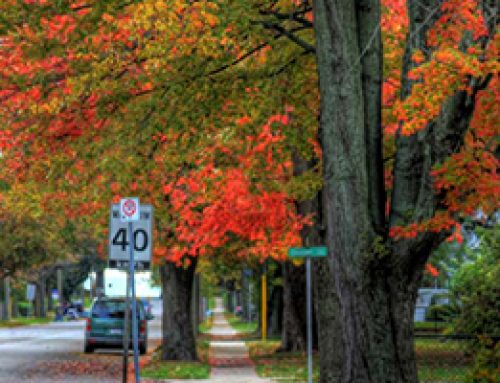Secondary School Completion Rates
Ontario’s Provincial Goal for secondary school graduation rates is 85%.
Community Literacy of Ontario cites “20 Reasons Why Ontario’s Literacy and Basic Skills Programs Matter”. Reason # 12 refers to “Literacy and YOUTH”:
“The high school graduation rate in Ontario has increased from 68% in 2003–2004 to 82% in 2010–2011. However, this still means that 18% of young people dropped out before completing their high school education. In addition, 18% of Ontario students who wrote the grade 10 literacy test in the 2011–2012 school year were unsuccessful.”
Source: Community Literacy of Ontario, 2013
Retrieved From: http://www.communityliteracyofontario.ca/wp/wp-content/uploads/2013/07/literacy_why_it_matters.pdf
Educational Attainment by City in Niagara
The city-data.com website utilizes data from Statistics Canada Catalogue no. 98-316-XWE, released October 24, 2012 to show educational attainment in Canadian cities.
Note disclaimer on city-data.com website: This data is an unofficial version of the materials, made without affiliation or endorsement of Statistics Canada. City-data.com does not guarantee the accuracy or timeliness of any information on this site. Use at your own risk.
For instance, city-data.com shows the following rates of education attainment in the City of Niagara Falls, based on 2011 Statistics Canada data.

Source: City-Data.com website
Retrieved From: http://www.city-data.com/canada/Niagara-Falls-City-education.html
Labour Force Educational Attainment
Labour force data from Statistics Canada’s 2011 National Household Survey, comparing the St. Catharines-Niagara CMA (census metropolitan area – note: does not include Grimsby and West Lincoln) to other Ontario CMAs was summarized by the Niagara Workforce Planning Board in 2014. The summary examines labour force educational attainment in three categories: less than grade 12, completion of grade 12, and completion of post-secondary training. ‘Labour force’ refers to people who are currently employed or those who are unemployed but actively seeking work; this does not include retirees, students, or people who have otherwise left the labour force.
This data shows that at the CMA level, Niagara has:
- A slightly above average proportion of workers without high school
- The highest proportion of workers with only high school in Ontario
- The second lowest proportion of workers with post-secondary completion in Ontario
| Labour Force Educational Attainment in Ontario CMA’s, 2011 National Household Survey, Statistics Canada | |||
| Census Metropolitan Area | Less than grade 12 | Completion of grade 12 | Completion of post-secondary training |
| Kingston | 8.4 | 27.3 | 64.3 |
| Peterborough | 10.5 | 28.3 | 61.2 |
| Oshawa | 9.8 | 29.9 | 60.2 |
| Toronto | 8.8 | 23.7 | 67.5 |
| Hamilton | 10.4 | 26.9 | 62.7 |
| St. Catharines-Niagara | 11.5 | 31.8 | 56.6 |
| Kitchener-Waterloo-Cambridge | 12.3 | 28.5 | 59.2 |
| Brantford | 14.6 | 30.2 | 55.2 |
| Guelph | 10.9 | 27.4 | 61.7 |
| London | 10.0 | 28.3 | 61.7 |
| Windsor | 8.1 | 31.1 | 60.8 |
| Barrie | 12.0 | 30.9 | 57.1 |
| Greater Sudbury | 11.0 | 25.0 | 64.0 |
| Thunder Bay | 11.9 | 26.2 | 61.9 |
Source: Niagara Workforce Planning Board, Benchmarking Education Attainment in the Workforce, April 2014
Retrieved From: http://www.niagaraworkforce.ca/?m=201404
Aboriginal Partnerships in Education in Niagara
First Nations Agencies provide a variety of culturally appropriate services in the Niagara Region. Schools in Niagara access Friendship Centres regularly for cultural learning through presentations, both on site or in schools. Aboriginal Liaison workers support students and their families to access services in schools and in our community. First Nations Metis and Inuit mental health workers coordinate with school board Mental Health Leads to provide greater access to counselling services. Agencies such as the Niagara Peninsula Aboriginal Area Management Board (NPAAMB) have provided leadership camps for youth that help build a sense of identity and community while providing post-secondary options in trades and apprenticeships. These agencies work in creative and engaging ways to service the aboriginal and non-aboriginal community of Niagara.
Source: Education partners in Niagara and NPAAMB
Retrieved From: http://www.npaamb.com/








